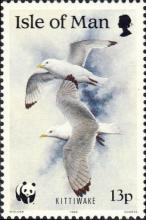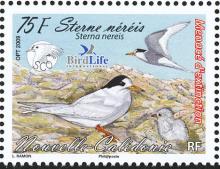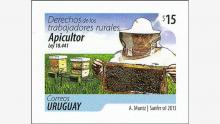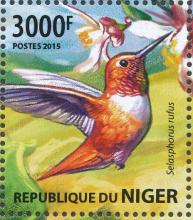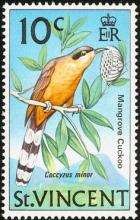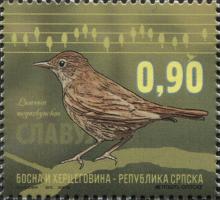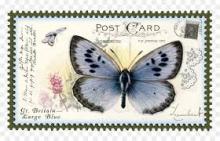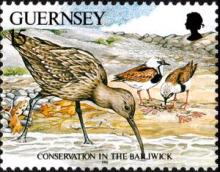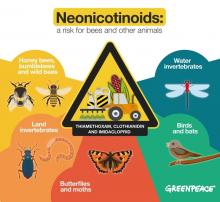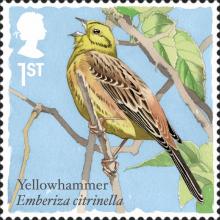Worrying decline in sea birds around the Isle of Man
There has been a sharp decline in many seabird species seen around the coast of the Isle of Man. Results from the 2017-18 census reveal that eight seabird species have suffered significant declines, with population losses of up to 82%.

